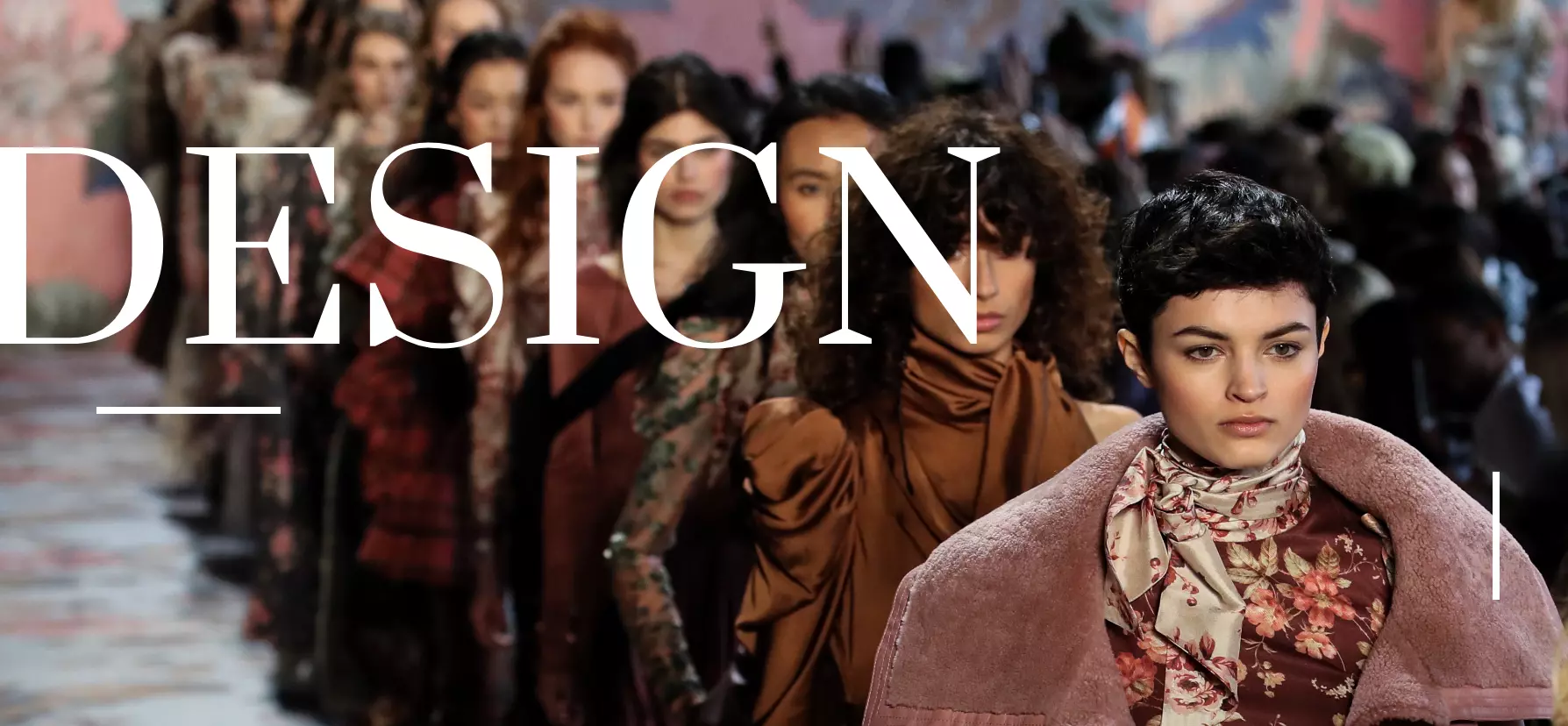Our Branding Services
We offer an extensive range of branding options, customised for your needs
With so many options on how you can brand your collection, it can not only be confusing but is also dependent on many factors when you are deciding on the approach.
To help you make correct decisions, we have taken a snapshot view of detailing all the branding options we offer that will enable you to decide easily on the approach to take on your garments.
To help you make correct decisions, we have taken a snapshot view of detailing all the branding options we offer that will enable you to decide easily on the approach to take on your garments.








